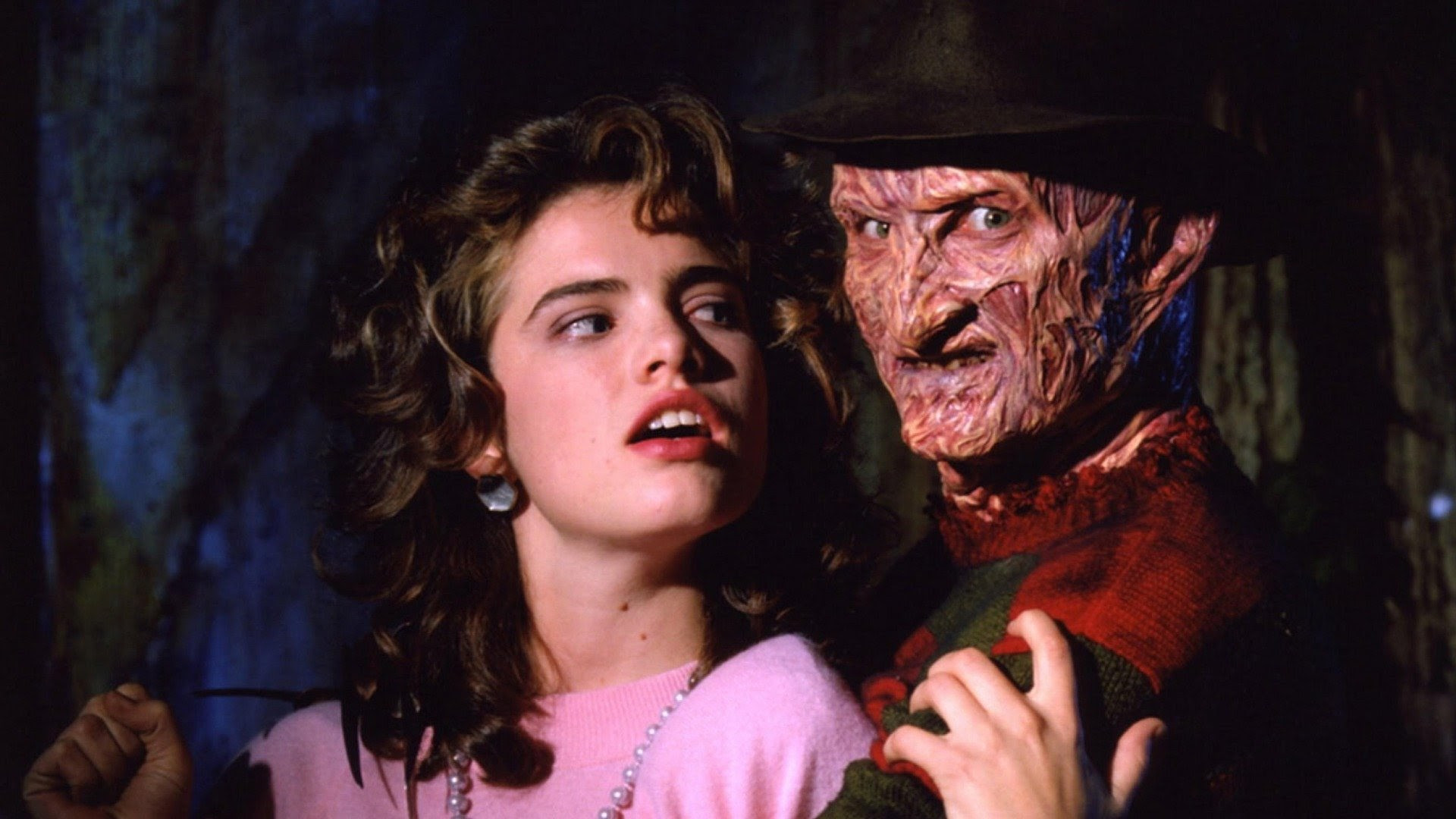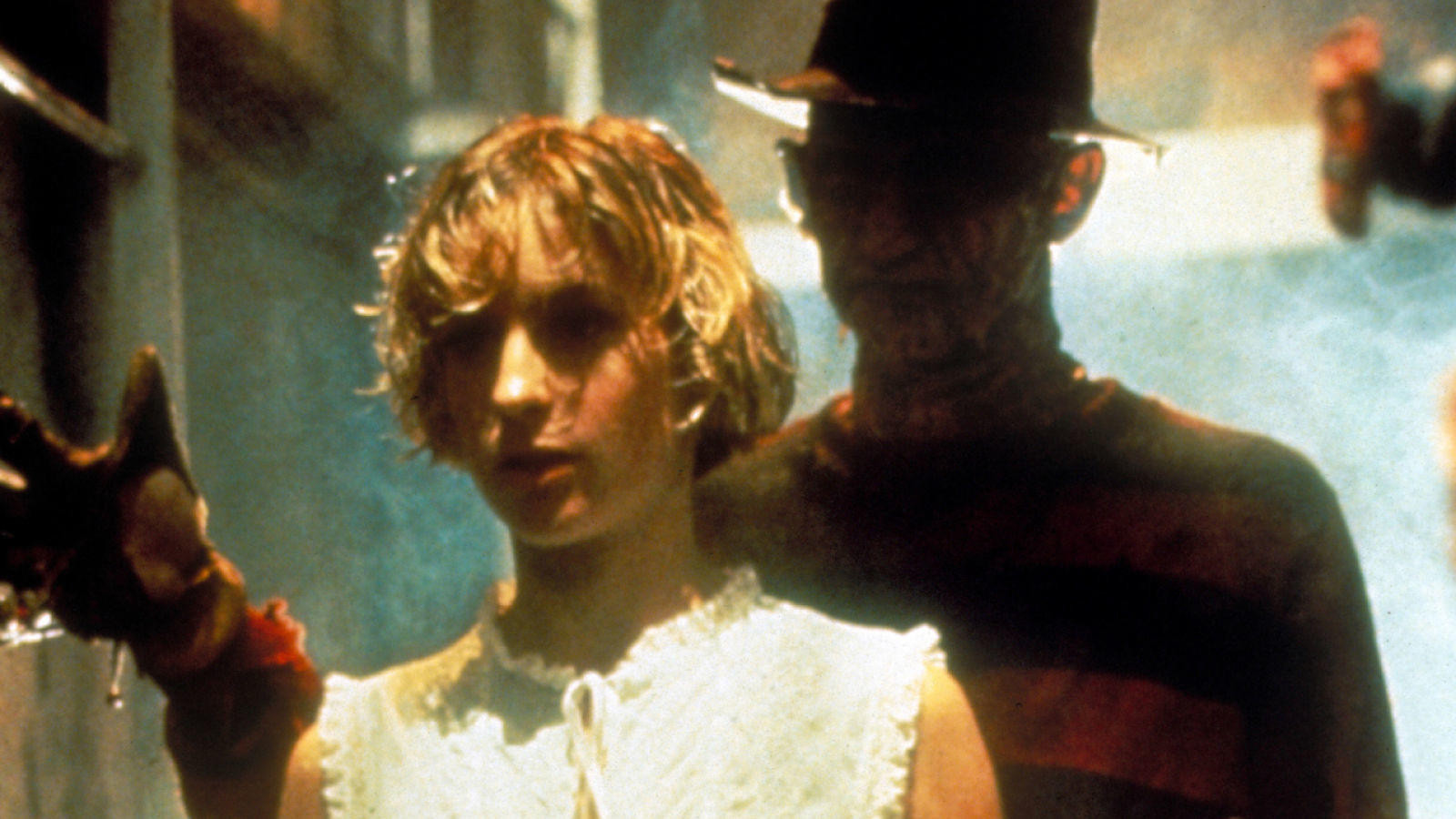As part of my ongoing exploration into cinematic blind spots, I’ve been pushing myself to watch movies I’ve perhaps unfairly avoided, especially in the horror genre. Confessing to being somewhat of a scary movie novice, I’ve recently delved into classics like Scream, Halloween, and Frankenstein. My latest venture? Wes Craven’s 1984 horror masterpiece, A Nightmare on Elm Street.
Through this horror movie deep dive, a personal revelation emerged: supernatural horror, surprisingly, doesn’t deeply unsettle me. When the terrors are clearly fantastical, detached from everyday reality, I find myself more entertained than frightened. It’s the horror that mirrors real-world possibilities that truly chills me to the bone. For instance, the 2015 thriller The Gift haunted my thoughts for weeks. The premise of a character stalked by a husband’s past acquaintance felt disturbingly plausible, triggering genuine unease.
This context explains my unexpected enjoyment of A Nightmare on Elm Street. Yes, it’s undeniably gory and graphic. However, because the horror unfolds within the realm of dreams, exaggerated and surreal, it lacks the visceral realism that usually unnerves me. This fantastical setting allowed me to appreciate the film’s narrative and creativity on a different level.
A Nightmare on Elm Street, a defining moment in 80s horror, introduces us to Nancy, a teenager residing on Elm Street. She and her friends become prey to Freddy Krueger, a spectral figure invading their dreams with deadly consequences. Krueger’s sinister motive is rooted in revenge against the parents who took justice into their own hands, killing him for his heinous crimes against children.
The film’s production design is undeniably its strongest suit. Director Wes Craven masterfully crafts terrifying dream sequences, showcasing his inventive approach to horror. Freddy’s iconic razor-glove is just the beginning; the death scenes are elaborate and imaginative. One memorable scene features a teen violently tossed around a room, another is nearly submerged into a bathtub, and a particularly gruesome moment involves a character being engulfed in a geyser of blood in his own bed. These over-the-top scenarios, while graphic, lean more towards inventive spectacle than genuine terror, making them strangely enjoyable.
The concept of being vulnerable in your dreams – a sanctuary of the subconscious – is inherently unsettling. This dreamlike vulnerability is a core element of the film’s enduring appeal. Yet, in terms of sheer chilling dread, films like Invasion of the Body Snatchers tap into a different vein of fear. The body snatchers’ horror lies not just in death, but in becoming an entity that can harm others. The transformation into something monstrous, capable of hurting loved ones, presents a uniquely disturbing terror.
Robert Englund’s portrayal of Freddy Krueger is captivating, even if future films lean further into camp. In this initial film, he strikes a perfect balance of menace and dark humor. The young cast, including Heather Langenkamp as Nancy and a very young Johnny Depp, deliver compelling performances, adding to the film’s overall impact.
Ultimately, watching A Nightmare on Elm Street was a rewarding experience. It’s clear why this film has solidified its place as a horror classic. I’ve heard whispers that the third installment is a standout sequel, and I’m curious to explore more of the franchise. What are your thoughts on the Nightmare on Elm Street series? And more broadly, what types of horror movies resonate with your deepest fears? I’m genuinely interested to hear your perspectives.
9/10



